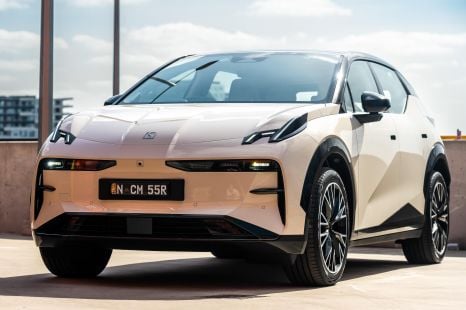

James Wong
7.9
5 Days Ago
Not sure if you’re driving too fast? Traffic sign detection technology comes to the rescue by showing the current speed limit, so you don’t have to remember again.

Contributor
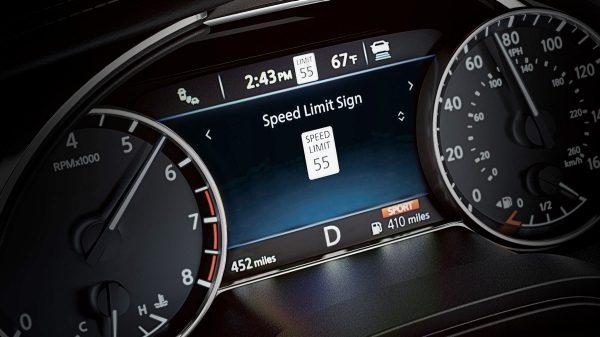

Contributor
With speed cameras almost everywhere on Australian roads today, one missed glance can not only make it easy to forget what that current speed limit is, but could also cost several demerit points or even your licence.
Previously the domain of luxury cars, traffic sign recognition (TSR) technology is increasingly becoming commonplace. It typically uses a front facing camera (generally the same camera used for lane support systems and fatigue detection) to read speed limits and other traffic signs, and then display them in the instrument cluster.

Some systems may also rely only on GPS data from the in-built satellite navigation, or on a combination of information from GPS and the camera.
The earliest traffic sign recognition systems relied purely on pre-loaded GPS data, usually from the inbuilt satellite navigation system, to display the speed limit within the central infotainment display or instrument cluster.
The GPS system would be used to determine the location of the car, and then cross-referenced with the relevant speed limit information stored in the car’s internal map database.
Strictly speaking, these systems are not traffic sign recognition systems as they don’t actively look for and ‘recognise’ the surrounding speed limit and traffic signs.
Their reliance on pre-loaded information means there’s a risk they’ll display incorrect information if a road has its speed limit changed, or if the provider of the map database (which is often a third party such as TomTom, Garmin, or HERE) originally input incorrect information.
Pre-loaded maps are updatable, which may partially resolve this issue. However, these pure GPS systems would be unable to detect speed limits on variable speed signs (as commonly found on motorways) or temporary signs in the event of roadworks, for example.
The first car to be available with a camera based TSR system which could actively read speed signs was the Opel Insignia in 2008.
The Opel system used a front-facing camera to read and temporarily display the posted speed limit within the monochrome instrument cluster. Similar technology was subsequently featured on the BMW 7 Series and Mercedes-Benz S-Class.
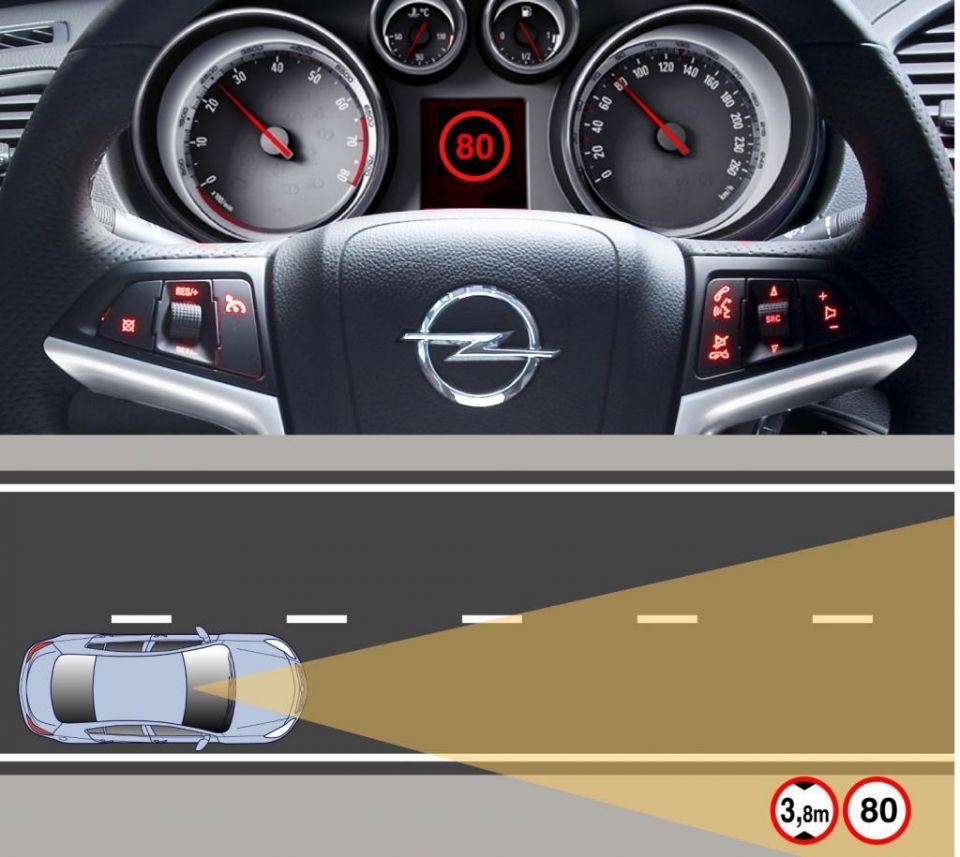
Camera-based TSR systems available today use the same fundamental principles as the Opel system, but have evolved to detect different types of traffic signs in addition to speed limits.
A forward-facing camera is connected to an onboard computer and constantly feeds it live video. The computer employs computer vision algorithms and other image recognition technologies such as Optical Character Recognition (similar to how certain software can detect text from a document) to detect the shape and content of a traffic sign.
Once this information has been determined, it’s usually displayed as a graphic within the instrument cluster, making it easy to see what the current speed limit is.
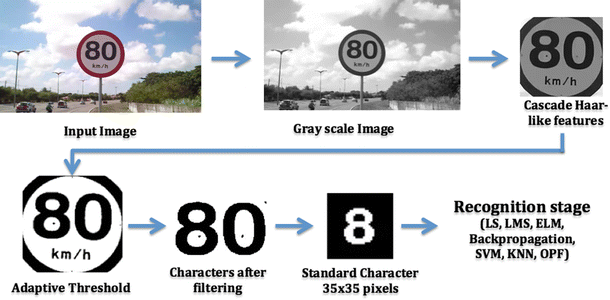
Camera-based systems are constantly monitoring the road, so any changes to the speed limit or other signs are relayed almost instantly.
At a basic level, TSR systems are able to show the local speed limit on a particular road. Depending on the manufacturer, more advanced systems may also be able to detect other traffic signs such as ‘Stop’, ‘Give Way’, ‘Wrong Way’ and ‘No Entry’ signs and similarly display these within the instrument cluster.
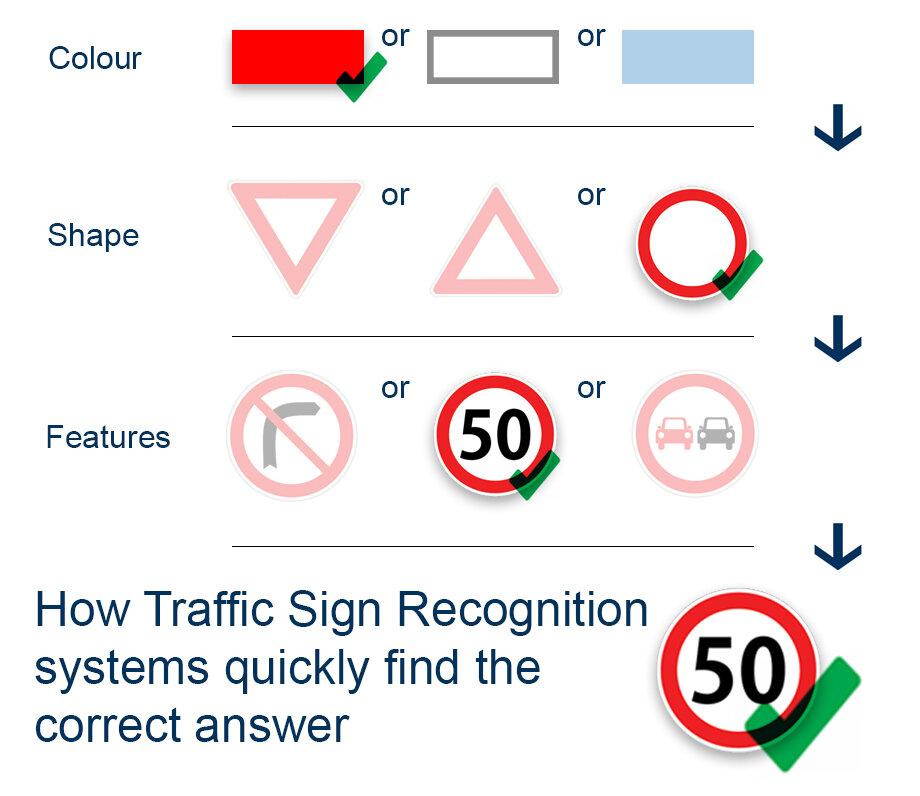
Rather than a disparate collection of technologies, modern vehicles treat safety systems as part of an integrated whole, and TSR technology is no exception. If a car features TSR and adaptive cruise control, these will often work together seamlessly.
The car will work so the adaptive cruise won’t exceed the speed limit determined by the TSR system, or so the driver can set the adaptive cruise control speed limit to match the posted limit at the push of a button.
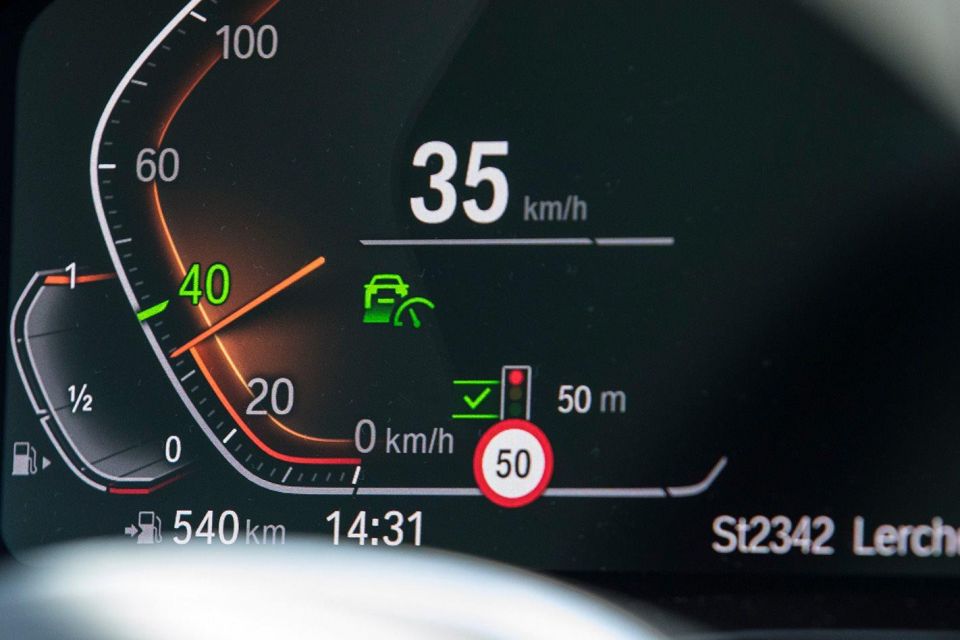
Cars such as the latest Teslas with Autopilot can identify traffic lights including their colour, and combine this information with adaptive cruise control to slow down, stop, or accelerate the vehicle as appropriate.
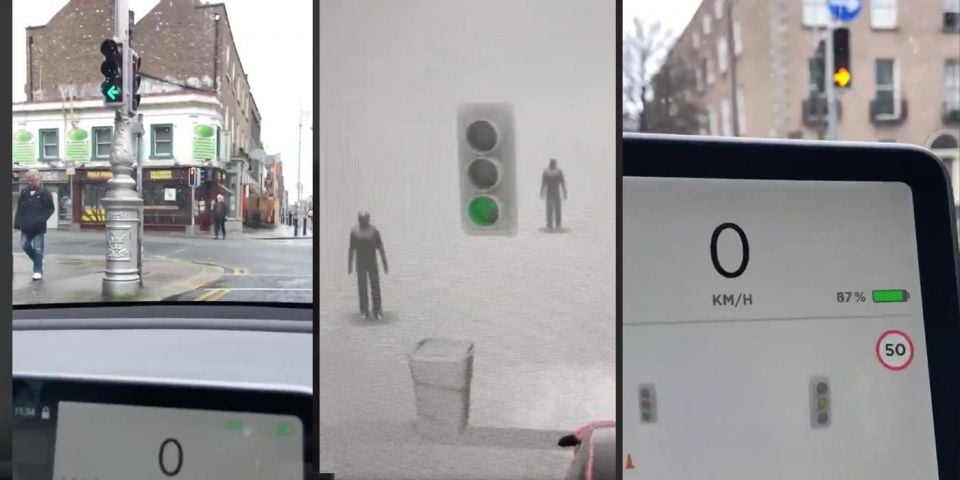
As with all camera-based active safety technology, weather remains a problem. If road signs are obscured by heavy fog or other adverse conditions, they are unlikely to be detected by the camera and won’t be displayed in the instrument cluster.
Certain TSR systems may get confused with time-based or moving signs, such as for school zones or on the back of buses. With school zones, the TSR system may be able to detect the speed limit, but not realise whether the posted speed limit is correct based on the time of day.
Similarly, the TSR system may get confused between a static speed limit sign and that on the back of a bus, and which one to correctly display.


James Wong
7.9
5 Days Ago
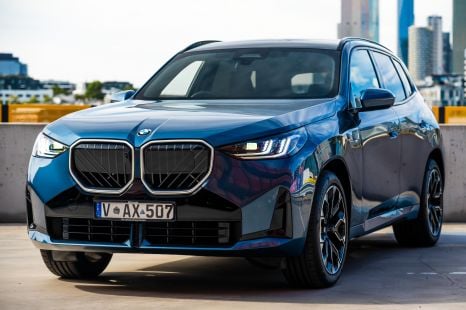

Jack Quick
8.4
4 Days Ago
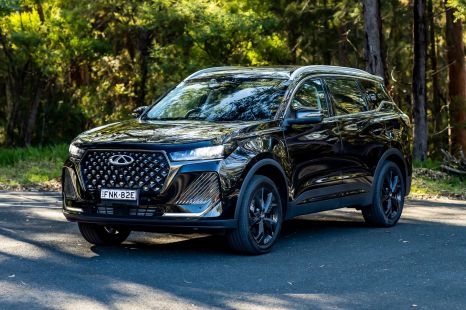

Matt Campbell
8.1
3 Days Ago
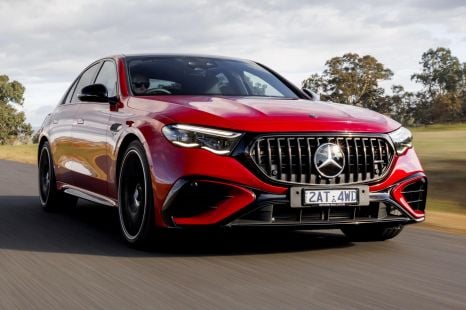

Max Davies
8
2 Days Ago
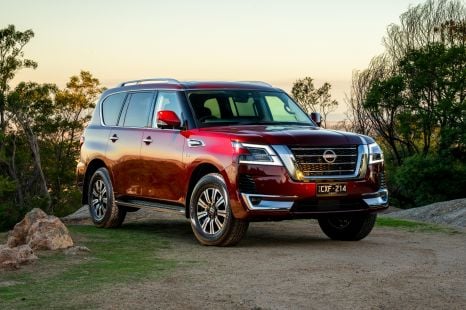

James Wong
8.1
1 Day Ago
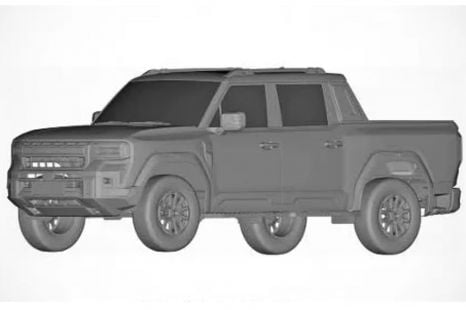

Marton Pettendy
19 Hours Ago